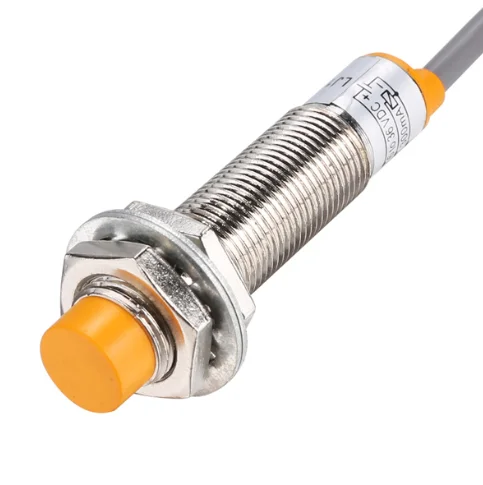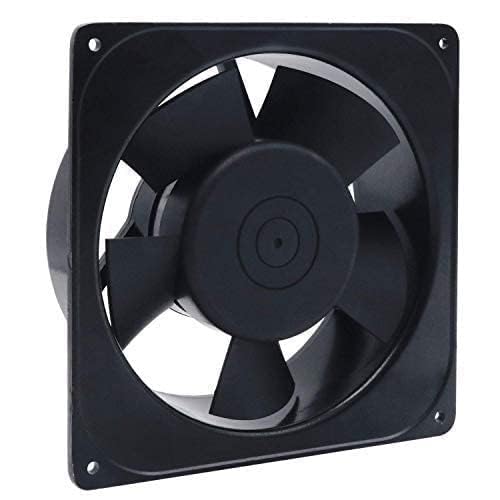Driving Innovation – How a Proximity Sensor Manufacturer Powers Smart Automation
In today’s fast-paced industrial landscape, automation has become the backbone of efficiency, safety, and precision. Among the key enablers of smart automation are proximity sensors devices that detect the presence or absence of an object without physical contact. A leading proximity sensor manufacturer plays a crucial role in powering industries such as manufacturing, automotive, robotics, and smart infrastructure by providing cutting-edge sensor technology that enhances automation processes. Proximity sensors have revolutionized automation by offering accurate object detection, minimizing human intervention, and improving operational safety. These sensors are used in assembly lines, conveyor systems, robotics, and quality control applications to ensure seamless operations. A manufacturer specializing in these sensors continuously innovates to develop advanced solutions that cater to the evolving demands of various industries. One of the primary innovations in proximity sensors is the integration of smart features such as IoT connectivity, machine learning algorithms, and real-time monitoring capabilities.

A omch manufacturer invests in research and development to create sensors that not only detect objects but also analyze data, predict maintenance needs, and communicate with other automation systems. For instance, in the automotive industry, proximity sensors play a vital role in modern vehicle automation, including advanced driver assistance systems. These sensors enable features such as automatic braking, parking assistance, and collision detection, significantly enhancing vehicle safety. A manufacturer specializing in proximity sensors ensures that their products meet stringent quality and reliability standards, allowing automakers to integrate them seamlessly into next-generation vehicles. Similarly, in manufacturing and industrial automation, proximity sensors are essential for maintaining precision and consistency in production lines. A high-quality sensor manufacturer designs products with rugged construction, resistance to harsh environments, and the ability to function accurately in extreme conditions. Whether detecting metal objects in welding applications or monitoring the movement of goods in logistics, these sensors improve productivity and reduce errors.
Another area where proximity sensors drive innovation is in smart cities and infrastructure. From automated lighting systems that adjust brightness based on occupancy to contactless access control in buildings, these sensors contribute to energy efficiency and security. The future of proximity sensors is headed toward even greater intelligence and adaptability. With advancements in artificial intelligence AI and edge computing, next-generation sensors will have the ability to process data locally, reducing the need for external computing power. This will further enhance their responsiveness and efficiency in automation systems. Ultimately, a proximity sensor supplier plays a pivotal role in shaping the future of automation by constantly pushing the boundaries of technology. Through continuous research, innovation, and collaboration with industry leaders, these manufacturers enable businesses and cities to operate smarter, safer, and more efficiently. As automation continues to evolve, the contribution of proximity sensors in driving innovation will only become more significant, making them an indispensable part of the modern technological landscape.

